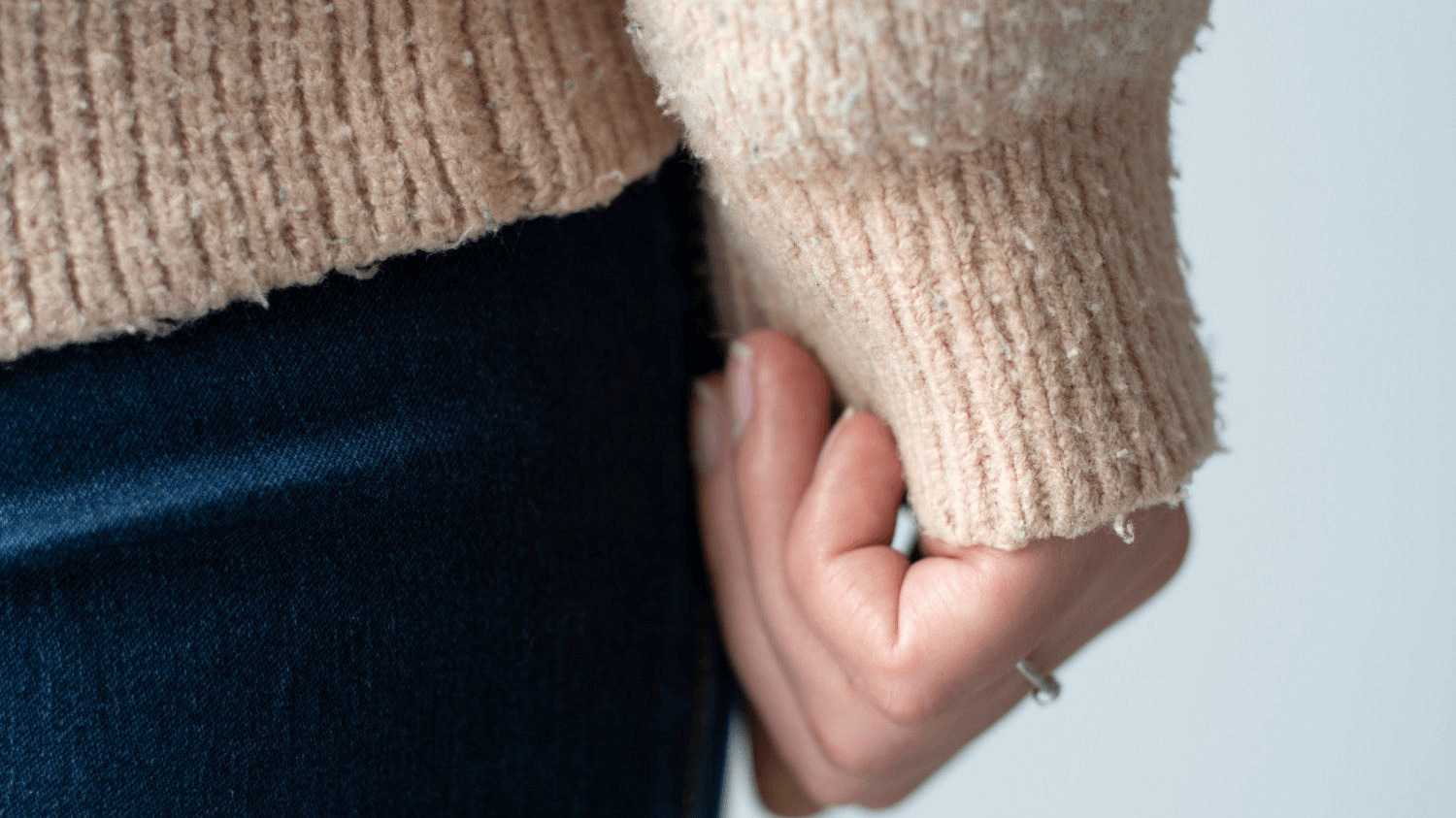Introduction Fabric pilling, which happens from wear and friction, is a common issue affecting fabric…
What is Textile Testing? How to Testing the Quality of Textile Fabric? – TESTEX
Table of Contents
What is textile testing?
Textile testing refers to the determination and evaluation of the material, structure and properties of textile fabrics by means of experience or testing instruments.

Textile testing is the assessment of whether
- various textile materials (cotton, linen, wool, silk, various man-made fibres, chemical fibres)
- in different forms (fibres, yarns, fabrics)
- in different environments (temperature, humidity, sunlight, rain, etc.)
- in different structures (various blends, twist levels, woven weaving, density)
- have certain desired properties (comfort, durability, safety, functionality)
Textile quality testing is required in third party testing institutes, large factories, and research and development facilities. Textile testing can give correct feedback on the structure and properties of textile, such as colour fastness rating, moisture resistance and thermal resistance, etc. Secondly, textile testing can also guide what kind of fabrics to produce in terms of market demand.
What is the testing item for textile materials?
| Garments | Outerwear, down jackets, jumpers, T-shirts, skirts, etc. |
| Various raw materials | Various natural and artificial fibres, yarns, etc. |
| Nonwoven testing | Meltblown nonwovens, spunlace nonwovens, spunbond nonwovens, etc. |
| Home textiles | Towels, bed linen, sofas, curtains, hygiene products, etc. |
| Technical textiles | Filter fabrics, geotextiles, coated fabrics, etc. |
| Other tests | Textile fiber analysis, label marking, etc. |
Textile fabric testing ensures that textiles comply with evolving safety regulations while meeting the growing consumer demand for high quality textile garments. In addition, textile fabric testing minimises risk and protects the interests of brands, retailers, suppliers and consumers.
Common technical regulations and standards for textile fabric testing
As an important consumer product for daily use, the production and trade of textile and clothing has always been of concern to governments and accounts for a significant proportion of world trade in goods. This section takes ISO, US regulations as an example and focuses on the basic technical regulations and standard requirements for textile and clothing to enter the target market, with the aim of helping enterprises to gain a comprehensive understanding of the market access requirements for textile and clothing in various countries.
1 ISO standard for textile fabrics
ISO/TC 38 Technical Committee on Textiles: Among the technical committees of the international standards organisation ISO, the one responsible for textiles and clothing is the Technical Committee on Textiles of ISO/TC 38. ISO/TC 38 regulates the technical requirements and quality of textiles and removes barriers related to trade in textiles by developing international standards for textiles. Currently ISO/TC 38 carries out standardisation activities in the following areas.
- Standards for various textile raw materials, with corresponding test methods, terminology and definitions.
- Standards for industrial raw materials, auxiliaries and chemicals used in processing and testing in the textile industry.
- Standards for textile products.
There are 8 Working Groups (WG) and 5 Sub-Technical Committees (SC) under TC 38, namely
- TC 38/WG 9 Nonwovens
- TC 38/WG 21 Ropes, cords and netting
- TC 38/WG 22 Composition and chemical testing
- TC 38/WG 23 Testing for antimicrobial resistance
- TC 38/WG 27 Moisture properties of fabrics
- TC 38/WG 29 Test for house dust mite protection
- TC 38/WG 30 Biodegradability Test
- TC 38/WG 31 Natural materials in textiles
- TC 38/SC 1 Coloured textiles and colorants tests
- TC 38/SC 2 Cleaning, finishing and water resistance tests
- TC 38/SC 20 Fabric descriptions
- TC 38/SC 23 Fibres and yarns
- TC 38/SC 24 Conditioning atmospheres and physical tests for textile fabrics
2 AATCC standard for textile fabrics
AATCC standard for textile fabrics: The American Association of Textile Chemists and Colorists (AATCC), a non-profit international professional association for the textile design, processing, materials and testing industries, was founded in 1921.
The AATCC has 3 specialised groups: chemical applications, concept 2 consumer (C2C), and material.
Chemical Applications: Enhance and expand the knowledge base on the application of chemicals (pre-treatment aids, dyes, finishes, polymers, etc.) to materials, with a focus on the study of techniques, equipment, systems and processes used and the testing of the physical/mechanical properties of treated materials.
Concept 2 Consumer (C2C): Enhance and expand the visibility of the AATCC in the retail, marketing and design sectors, thereby expanding membership and attendance at AATCC and C2C events.
Material: Enhancing and expanding the knowledge base for the development of innovative materials relevant to the fibre products industry. Development is carried out through the improvement of existing structures or the creation of new components of substances. New materials can be chemicals (pretreatment aids, dyes, finishes, polymers, etc.) or physically structured materials (fibres, fabrics, carpets, nonwovens, etc.).
AATCC is well known for its standard methods for testing dyed and chemically treated textiles, including standards for biological properties, colour fastness properties, dyeing properties, assessment procedures, identification and analysis, moisture management, laundry and dry cleaning performance, water & weather resistance, wet processing performance and many more. In addition, there are six monograph-related AATCC test methods, which can be found on the AATCC website for details and downloads.
3 Oeko-TexStandard 100 certification
The Oeko-TexStandard 100 is currently the most authoritative and influential textile eco-label in the world. It was developed in 1992 by the international environmental textile association Oeko – Tex Association. For the buyer of textiles, the Oeko-Tex label on textiles means that the product has passed a harmlessness test and is therefore an important basis for the purchase of textiles.

The Oeko-TexStandard 100 tests for harmful substances are based on the use of the textile. The principle is that the more the textile comes into contact with the skin, the higher the ecological requirements for the textile. There are four main categories.
Category I products: Textiles and textile toys for infants and children under three years of age, such as underwear, jumpers, bed linen, bedding, plush toys, etc.
Category II products: Textiles with a large part of their surface in direct contact with human skin when in use, e.g. underwear, bed linen, shirts, etc.
Category III products: During use, the textile surface does not come into contact with human skin or only a small part of it comes into contact with human skin, such as tops, coats, padding materials, etc.
Category IV: Mainly used as decorative textiles such as napkins, curtains, carpets, etc.
The Oeko-Tex Standard 100 specifies the requirements for the use of the Oeko-Tex label. The limits for harmful substances in textiles and colour fastness are specified in Appendix 4, which can also be found on the official Oeko-Tex website.
4 Textile and apparel regulations in the USA
In the United States, regulations dealing with textiles and apparel are mainly in the Code of Federal Regulations, or CFR. Of which those dealing with textiles are mainly in Title 15 and 16, as the following:
- The Textile Products Identification Act, 15 U.S.C. § 70
- The wool Products Labeling Act, 15 U.S.C. § 68
- Fur Products Labeling Act, 15 U.S.C. § 69
- Flammable Fabric Act, 16 CFR part
Textile testing must be based on appropriate standards so that differences can be reduced. Uniform standards allow parties from different countries and fields to work together more closely. If you would like to learn more about textile testing, bookmark TESTEX and we will keep our textile knowledge up to date.
Common items and testing standards for textile quality testing
There are many textile quality testing items and standards, including regional standards, national standards, industry standards and corporate standards. This section focuses on common testing items and testing standards.
| Test items | Testing content |
| Textile fiber analysis | Fiber composition analysis, fiber content analysis, cotton and linen content, wool and cashmere content. |
| Fabric structure parameters | Fabric width, fabric thickness, fabric grammage, fabric density, weft slope, yarn count, etc. |
| Physical mechanical properties | Single yarn strength, breaking strength, tearing strength, bursting strength, seam slippage, seam strength, pilling & abrasion, peel strength, etc. |
| Colorfastness | Colorfastness to rubbing, colorfastness to washing, colorfastness to dry cleaning, colorfastness to perspiration, colorfastness to light, etc. |
| Dimensional stability | Washing shrinkage, dry cleaning shrinkage, dry heat shrinkage, steam shrinkage, etc. |
| Functional properties | Water resistance, water absorption, moisture absorption, breathability, moisture permeability, water staining, burning properties, etc. |
| Other properties | Formaldehyde, PH value, odour, azo dyes, etc. |
1 Textile fiber analysis
For textile testing laboratories, fibre content and composition analysis is one of the most important items in textile testing and is one of the main elements of clothing labelling. Fibers directly influence the properties of textiles and play a decisive role in their physical and chemical properties as well as in their usability.
Testing standards:
- AATCC 20: Fiber Analysis – Qualitative
- AATCC 20A: Test Method for Fiber Analysis – Quantitative
- ISO 137: Wool – Determination of fiber diameter – Projection microscope method
2 Fabric structure testing
The fabric structure can be used to obtain a variety of patterned appearances, as well as to produce effects such as thickening, pile and terry. Analyzing the structure of the fabric enables a better choice of clothing material.
Testing standards:
- ISO 2060: Determination of linear density (mass per unit length) by the skein method
- ISO 3801: Determination of mass per unit length and mass per unit area
- ISO 5084: Determination of thickness of textiles and textile products
3 Physical & mechanical properties of fabrics
The relationship between stress and deformation caused by external forces in a fabric is called the physical & mechanical properties. It contains properties such as strength, elongation, elasticity and abrasion resistance.
Testing standards:
- ISO 12945: Determination of fabric propensity to surface pilling, fuzzing, or matting
- Pilling box method, Modified Martindale method
- ISO 12947: Determination of the abrasion resistance of fabrics by the Martindale method
- ASTM D5034, ASTM D5035: Standard test method for Breaking Strength and Elongation of Textile Fabrics
- ISO 9073-3: Test methods for nonwovens – Determination of tensile strength and elongation
4 Textile colour fastness testing
Coloured fabrics can be affected by various external environmental during production or use, which can lead to color change. We refer to the ability of a fabric to resist this external action as the colour fastness properties of the fabric, mainly referring to staining and discolouration.
Common colour fastness properties are rubbing fastness, light fastness, washing fastness, perspiration fastness, ironing fastness, etc.
Testing standards:
- ISO 105*12: Tests for color fastness – colour fastness to rubbing
- AATCC 8: Colorfastness to Crocking – Crockmeter Method
- ISO 105 B02: Colour fastness to artificial light: Xenon arc fading lamp test
- ISO 105 B04: Colour fastness to artificial weathering: Xenon arc fading lamp test
- ISO 105 C06: Colour fastness to domestic and commercial laundering
- ISO 105 C10: Colour fastness to washing with soap or soap and soda
- AATCC 61: Colorfastness to Laundering: Accelerated
- ISO 105 E04: Tests for colour fastness – Colour fastness to perspiration
- AATCC 15: Colorfastness to Perspiration
5 Dimensional stability of textile fabrics
Textile fabrics are subject to potential stress or shrinkage forces during processing, which can lead to dimensional changes in the fabric during washing. The main factors affecting the dimensional stability of a textile are external forces, temperature, water and the structure of the fibres.
Testing standards:
- ISO 6330: Textile – Domestic washing and drying procedures for textile testing
- ISO 5077: Textile – Determination of dimensional change in washing and drying
- AATCC 135: Dimensional Changes of Fabrics after Home Laundering
- ISO 3759: Textile – Preparation, marking and measuring of fabric specimens and garments in tests for determination of dimensional change
6 Functional testing of textiles
Textile functionality is applied in three areas
Textiles for clothing: mainly focus on the comfort of textile garments, the main functions are soft, cool, draping, anti-wrinkle, stiff and so on.
Decorative textiles: mainly used for bedding, carpets and curtains, etc., requiring matching and artistic, the main functions are flame retardant, light blocking, heat insulation, waterproof, warmth, etc.
Technical textiles: used in various industries such as automotive, agricultural and medical, with special purpose performance, such as protective clothing, masks, etc.
Testing standards:
- ISO 9237: Textile – Determination of the permeability of fabrics to air
- AATCC 195: Liquid Moisture Management Properties of Textile Fabrics
- ASTM E96: Standard Test Methods for Water Vapor Transmission of Materials
- ISO 811: Determination of resistance to water penetration – Hydrostatic pressure test
- AATCC 127: Water Resistance: Hydrostatic Pressure Test
- ISO 11092: Physiological effects – Measurement of thermal and water vapour resistance under steady-state conditions (sweating guarded hotplate test)
- ISO 4920: Textile fabrics – Determination of resistance to surface wetting (spray test)
- AATCC 22: Water Repellency: Spray Test
- UL 94 flammability test series: UL94 is divided into 12 fire ratings: HB, V-0, V-1, V-2, 5VA, 5VB, VTM-0, VTM-1, VTM-2, HBF, HF1, HF2. Of these, VTM-0, VTM-1, and VTM-2 are suitable for plastic films and HBF, HF1, and HF2 for foamed materials.





This Post Has 0 Comments